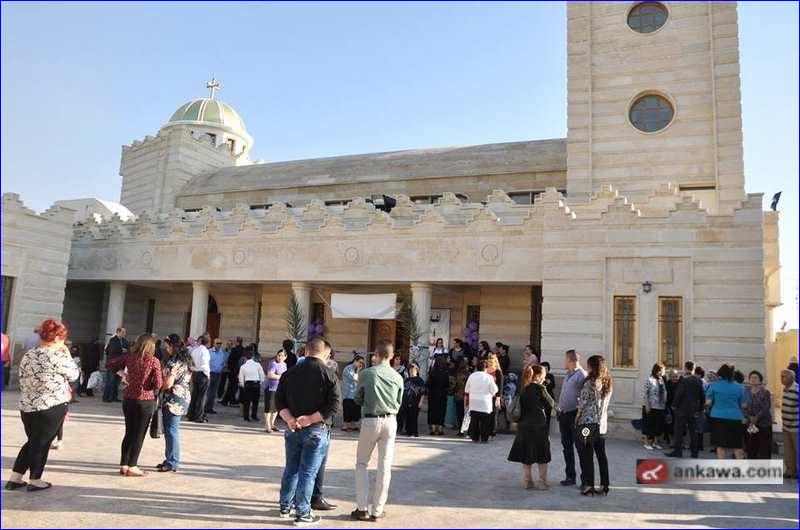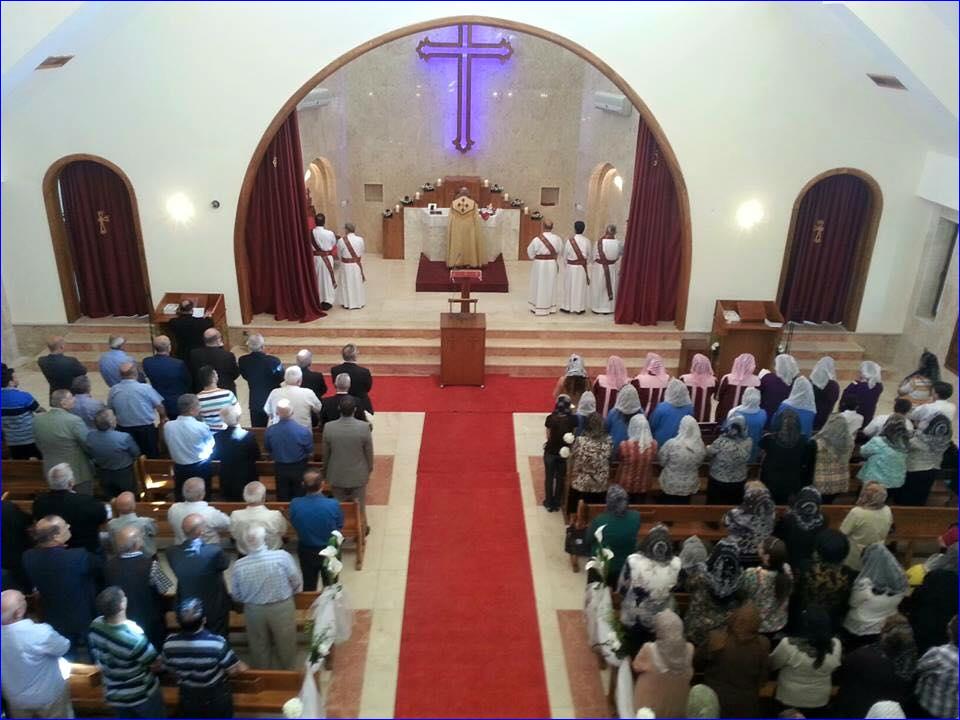


Also attending was Iraq's Deputy Minister of construction, housing and public utilities, who said his agency intends to continue to work on a set of measures for the reconstruction of destroyed churches in Iraq, particularly in Baghdad.
St. George Church was firebombed on May 18, 2007. On April 14, 2007 an Islamic group forcefully removed the Cross from the church.
Related: Church Bombings in Iraq Since 2004
Dora was a predominantly Assyrian neighborhood, with a population of 20,000 Assyrians. In 2004 Islamists began a terror campaign against the Assyrians. Dozens of Assyrians were killed in bombings, 500 Assyrian shops were burned in one night, churches were bombed. Muslims demanded jizya (poll tax) from the Assyrians. Muslims also demanded that Assyrian maidens be surrendered to them to be married off to Muslims.
Related: Attacks on Assyrians in Dora, Baghdad
The attacks caused nearly all of the 20,000 Assyrians who lived there to flee and never return. Only a few hundred Assyrians remain there.

The events in Dora mirrored the events in the rest of Iraq, where a low-grade genocide of Assyrians began in 2004. In August of 2014 ISIS drove into the Nineveh Plains in north Iraq, the last stronghold of Assyrians, causing nearly 200,000 Assyrians to flee from their homes and villages. Most have not returned.
Related: Incipient Genocide: The Ethnic Cleansing of the Assyrians of Iraq
Related: Timeline of ISIS in Iraq
The Assyrian population has decreased from 1.5 million in 2004 to about 300,000 today. Most have fled to Syria, Jordan, Turkey and Lebanon. The majority of the refugees in those countries desire to emigrate to the West. The majority of Assyrians remaining in Iraq share the same desire, as they see no hope or future in Iraq and the Middle East.





or register to post a comment.